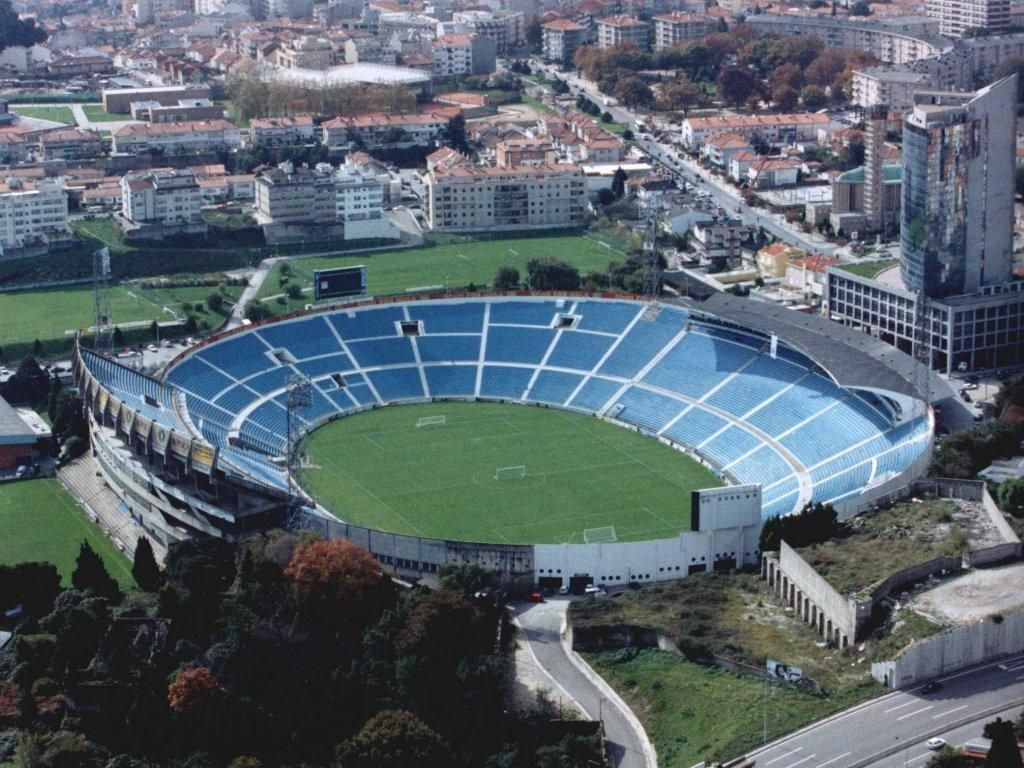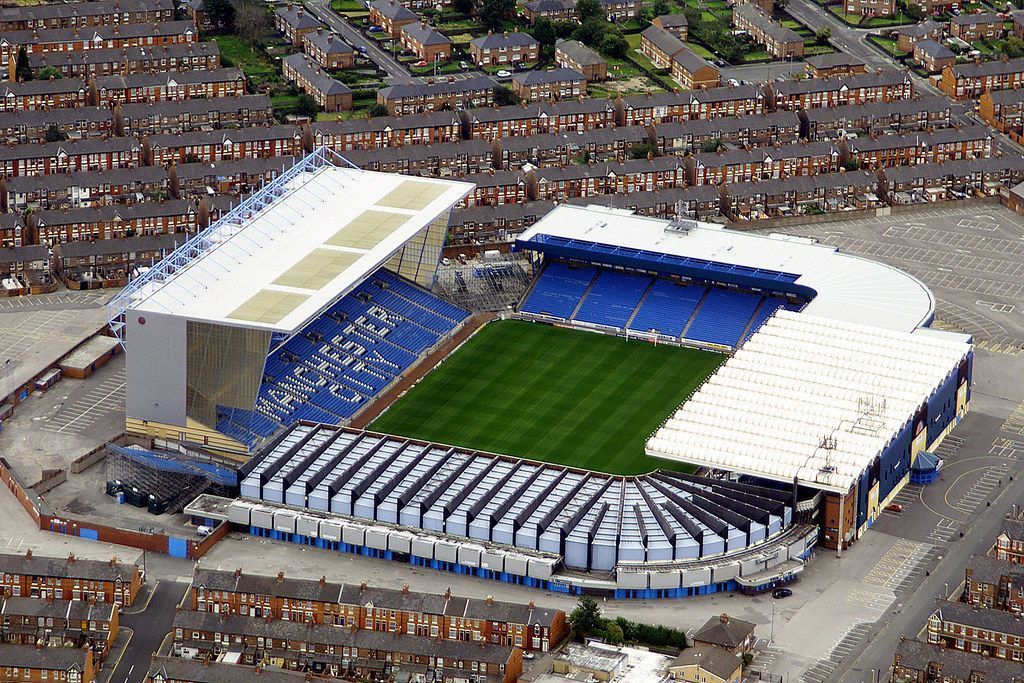
5 iconic football stadiums that were demolished
Footballing clubs are inseparable from their stadiums. They are home to generations of players and fans who consider the stadium a part of their lives. Stadiums represent a club's history, ambitions and values, and are living and breathing parts of the football ecosystem.
However, there may come a time when a club's journey with their stadium ends. With the world progressing and populations increasing at a rapid rate, many clubs have had to progress accordingly to meet demands for more capacity and accommodations.
In doing so, their previous stadiums became archaic and were either demolished or abandoned. We will be looking at five of the most iconic stadiums that have met their end to make way for new milestones.
#5 Estadio das Antas - FC Porto

Formerly home to FC Porto, Estádio das Antas was the third largest stadium in Portugal. It came into effect in 1952, when Porto shifted from their previous stadium, Campo da Constituição. Along with football, it was also home to a few other sports.
The stadium had a capacity of 55,000, but reached its peak of 95,000 in 1986 when the athletic track was removed during the renovation. Porto enjoyed the majority of their trophy laden dominance here, and Estádio das Antas will always be remembered as the place that created one of the greatest teams in Portugal.
The stadium, which was also home to the Portuguese national team for half a century, was demolished in 2004. Although some parts of the stadium remain intact, it is currently a parched land with no hopes of getting renovated.
#4 Maine Road - Manchester City

Built in 1923, Maine Road was Manchester City's home for 80 years before it was retired as a football stadium. It was built after the club could no longer expand their previous stadium. Over the years, the stadium has undergone many renovations, but had its major expansion in 1935.
After it was completed, the stadium could hold 88,000 people at its peak capacity. In the late 20th century, the club modernized the field by tearing down certain stands and constructing new ones. However, the multiple renovations had made the stadium a hazardous venue as all sides were now of different heights and designs.
Further plans for renovations to increase seating capacity were abandoned. Manchester City moved to their new home, the City of Manchester Stadium, commonly known as the Etihad Stadium in 2003. Maine Road was demolished after proposals for it to be used for other sports failed, and is now a site for housing buildings.

